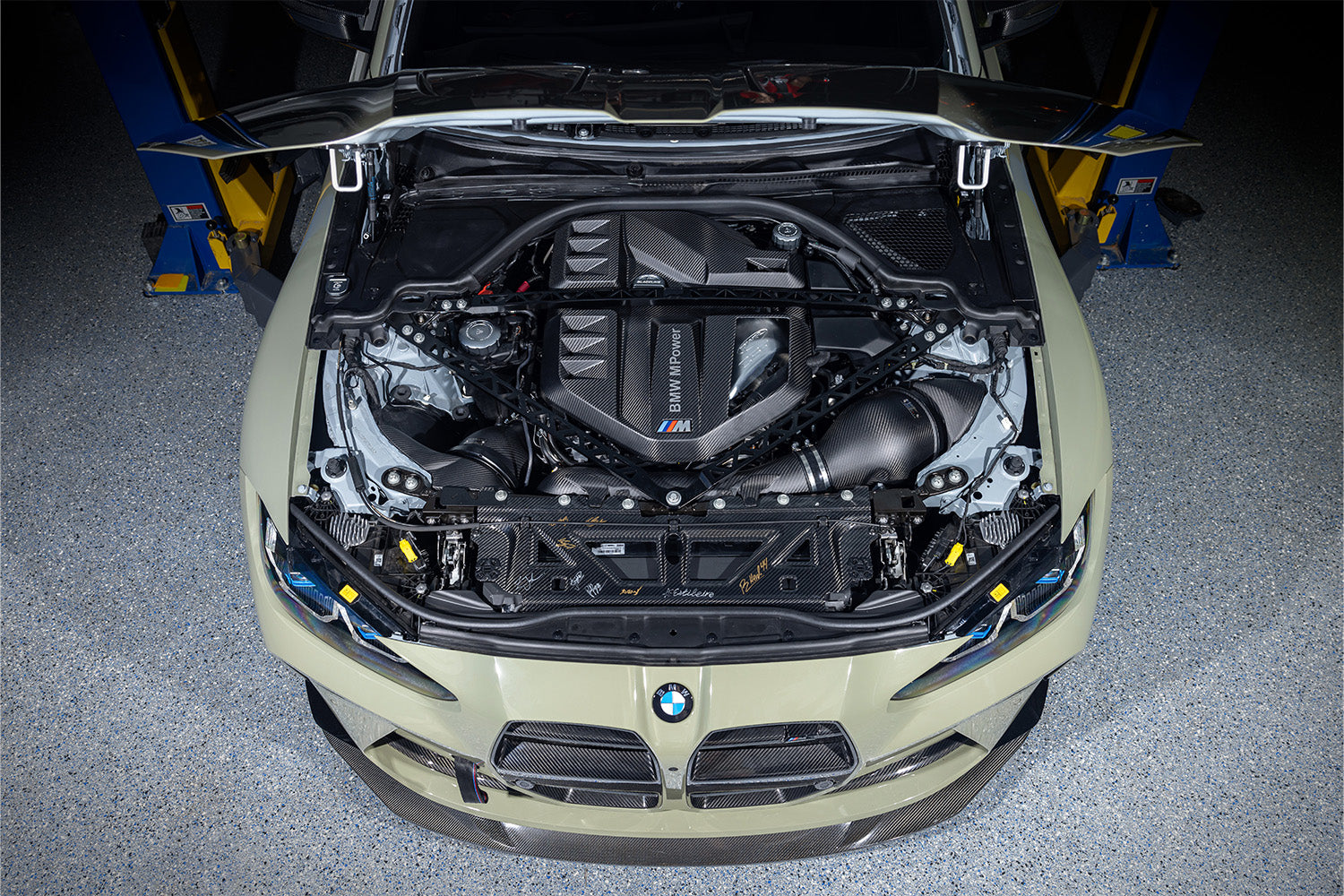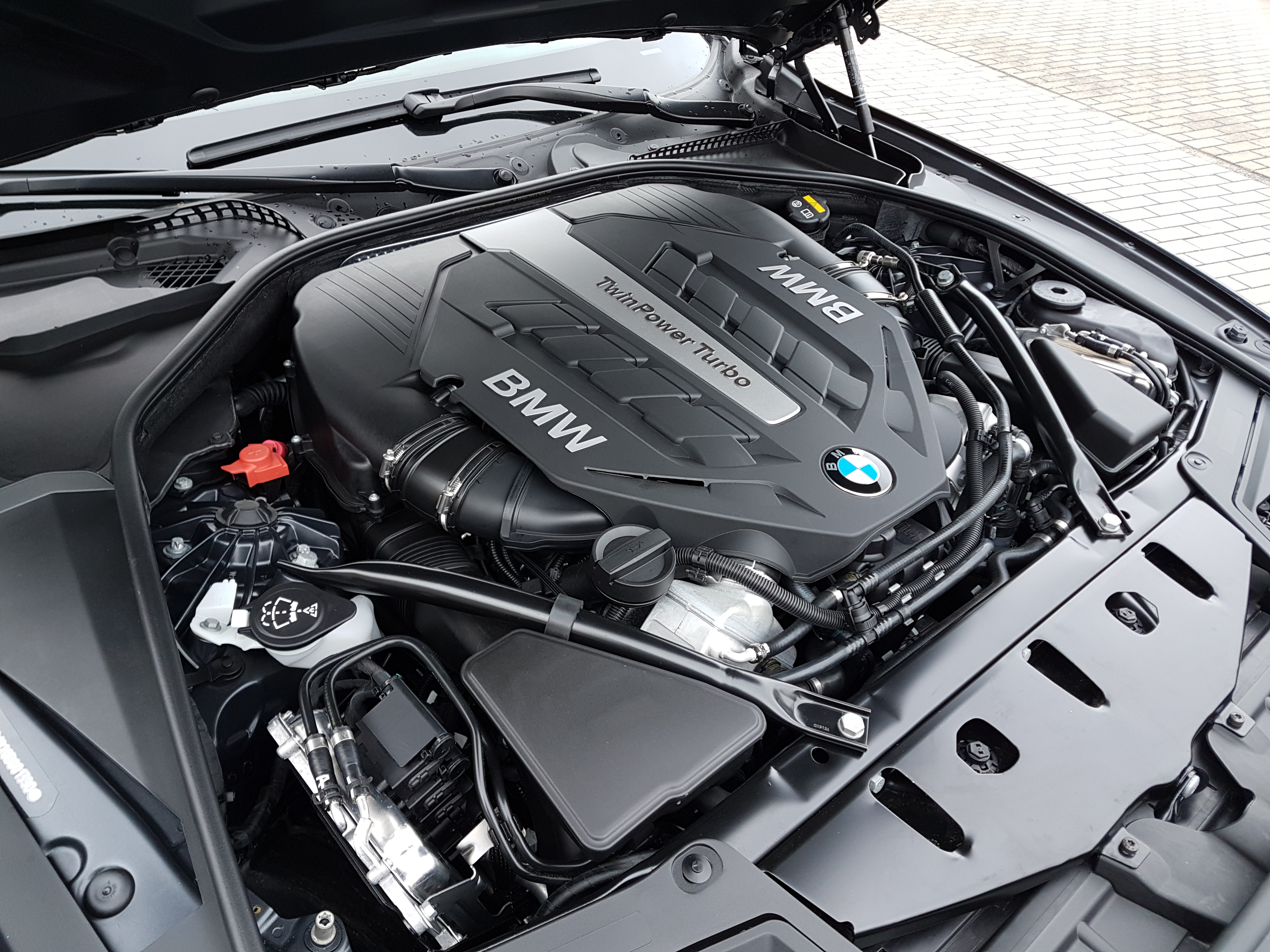A Beginner's Guide to Choosing the Right BMW Engine for Your Needs
A Beginner's Guide to Choosing the Right BMW Engine for Your Needs
Blog Article
Exploring the Development of Combustion Engines in Modern Transportation Solutions
As we navigate the landscape of contemporary transport, the development of combustion engines stands as a testament to human ingenuity and engineering prowess. From their humble starts to the sophisticated giants thrusting automobiles today, combustion engines have gone through an exceptional trip of technology and adjustment. Comprehending the complexities of this development not only clarifies the past yet additionally leads the way for visualizing what lies in advance in the world of transportation innovation. The interplay of background, innovation, and environmental concerns in forming the trajectory of burning engines produces a narrative that is both insightful and engaging.
Early Beginnings of Combustion Engines
Just how did the concept of burning engines initial emerge in the very early phases of transportation advancement? The origins of combustion engines can be traced back to the 17th century when the concepts of inner combustion were very first discovered.
The advancement minute featured the innovation of the very first effective gasoline-powered engine by Karl Benz in 1885 - bmw engine. This engine led the way for the advancement of the modern-day automobile, reinventing transport systems worldwide. Succeeding developments by Nikolaus Otto and Gottlieb Daimler better improved combustion engine innovation, causing the automation of vehicles and the fast development of the transport industry
These very early burning engines were defined by their simpleness and performance, laying the structure for the facility and effective engines made use of in modern-day transport systems. The advancement of burning engines has been critical in forming the means we take a trip and deliver products, marking a considerable turning point in the history of transportation development.
Transition to Internal Burning Innovation
The transition to internal burning innovation marked a critical shift in the advancement of transport systems. This shift began in the late 19th century, with developers like Nikolaus Otto and Gottlieb Daimler establishing the very first successful internal burning engines. These engines revolutionized transportation by supplying an extra powerful and reliable option to steam engines and electric motors.
One of the key benefits of interior burning engines was their capability to be scaled down to match automobiles, bring about the advancement of automobiles and bikes. This shift from cumbersome, stationary engines to portable, mobile ones paved the means for the contemporary transport systems we see today.
The shift to inner combustion modern technology likewise stimulated developments in gas technology, causing the growth of gas and diesel as key fuel resources for automobiles. This change not only made transport more obtainable to the masses but likewise laid the structure for the oil and gas industry to come to be integral to worldwide economic situations.
Impact of Combustion Engines on Transport
The adoption of combustion engines in transport systems militarized an extensive shift in the effectiveness and rate of international flexibility. Combustion engines reinvented transport by providing a trustworthy and functional resource of power for numerous vehicles, including cars and trucks, vehicles, ships, and airplanes. This technology considerably improved the ability for individuals and goods to move over cross countries in much shorter time frames, resulting in boosted connection in between areas and countries.
Furthermore, the widespread use combustion engines has actually had a substantial influence on financial development. The ability to move products successfully has actually spurred profession and business, allowing organizations to expand their markets and get to customers worldwide. This has promoted financial development and globalization, as products can now be delivered faster and in larger quantities than in the past.
However, the environmental effect of burning engines can not be ignored. The burning of nonrenewable fuel sources has resulted in air contamination and greenhouse gas discharges, adding to climate change and positioning health risks to populaces. bmw engine. Consequently, there is a growing emphasis on creating alternate propulsion innovations to reduce these adverse results and produce a more lasting future for transportation
Developments in Burning Engine Style
Various advancements in burning engine style have thrust the development of transportation systems over the years. One noteworthy technology is the advancement of turbocharged engines, which use exhaust gases to drive a generator that compresses inbound air, enabling even more fuel to be burned, leading to increased power result without a considerable rise in engine size. In addition, straight injection innovation has boosted fuel performance and performance by specifically managing the quantity and timing of fuel infused right into the combustion chamber. Variable shutoff timing systems have additionally transformed engine layout by enhancing airflow at different engine rates, improving both power and performance. One more substantial development is the integration of light-weight materials such as carbon fiber and aluminum Visit Your URL alloys, minimizing total go to these guys engine weight and enhancing vehicle fuel economic climate. Additionally, innovations in computer-aided layout have actually allowed designers to maximize engine efficiency and efficiency with simulations prior to physical models are constructed, conserving time and sources in the growth process. These advancements jointly add to the constant enhancement of burning engines in contemporary transportation systems.
Future Trends in Burning Engine Advancement
With technology advancements driving continual advancement, the future of combustion engine growth is positioned to transform transport systems internationally. One of the key patterns in combustion engine growth is the press towards better efficiency and lowered discharges. Producers are spending heavily in research and advancement to enhance engine efficiency while meeting rigorous environmental regulations. This consists of the integration of innovative fuel shot systems, improved turbocharging approaches, and making use of light-weight materials to maximize fuel intake and decrease carbon exhausts.
An additional popular pattern is the fostering of hybrid innovations in burning engines. Hybrid engines integrate typical combustion innovation with electrical power, offering enhanced gas efficiency and lower discharges. As the auto industry changes in the direction of electrification, hybrid combustion engines are seen as a transitional option that links the void in between conventional cars and completely electric ones.
Additionally, the assimilation of clever technologies, such as expert system and information analytics, is anticipated to play a substantial duty in the future of combustion engine advancement. These innovations can enhance engine efficiency in real-time, bring about extra efficient combustion procedures and enhanced total vehicle performance. Embracing these future fads will certainly not just drive technology in burning engine growth yet likewise contribute to a much more sustainable and eco-friendly transport community.

Conclusion
In verdict, the development of combustion engines in modern transport systems has been marked by substantial improvements in innovation and design. From the very early beginnings of combustion engines to the change to interior combustion modern technology, these engines have actually had a profound bmw engine influence on transportation.
The roots of burning engines can be traced back to the 17th century when the concepts of interior combustion were very first explored. These engines revolutionized transport by offering an extra effective and effective option to steam engines and electrical motors.

Report this page